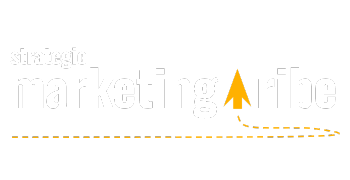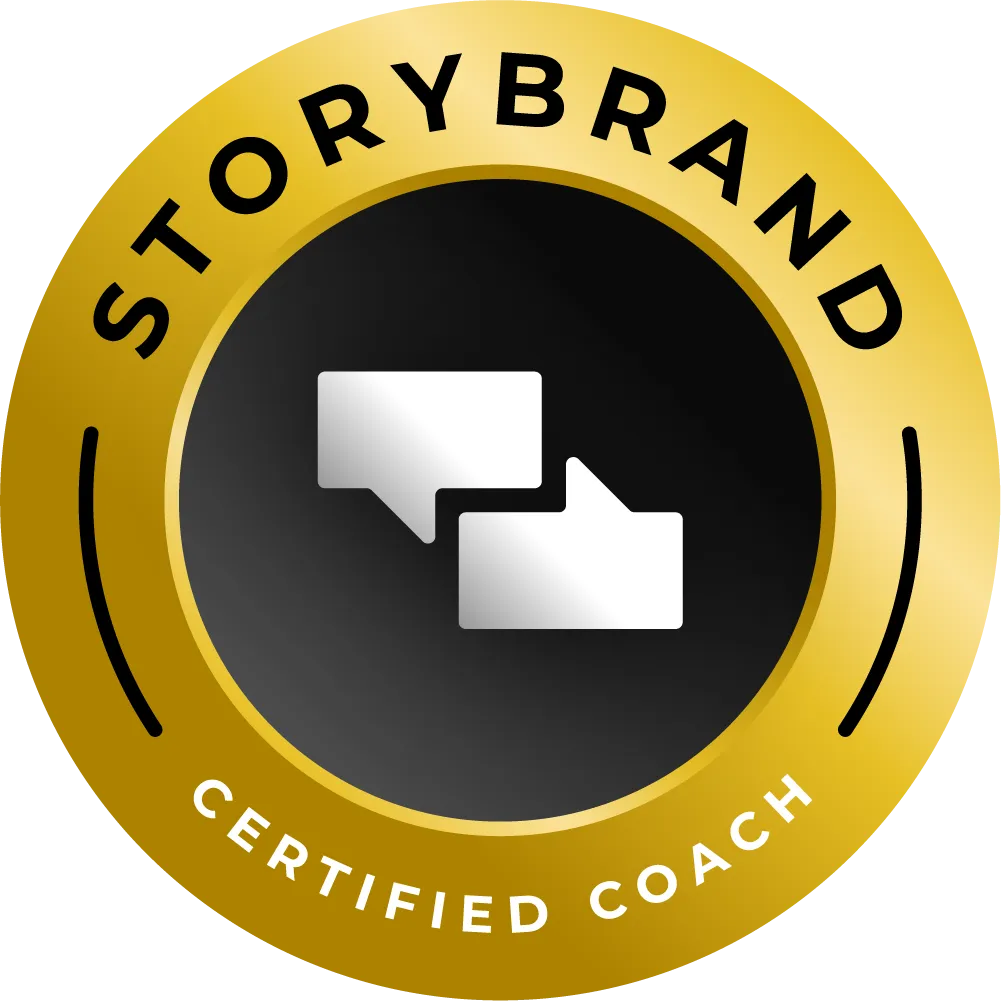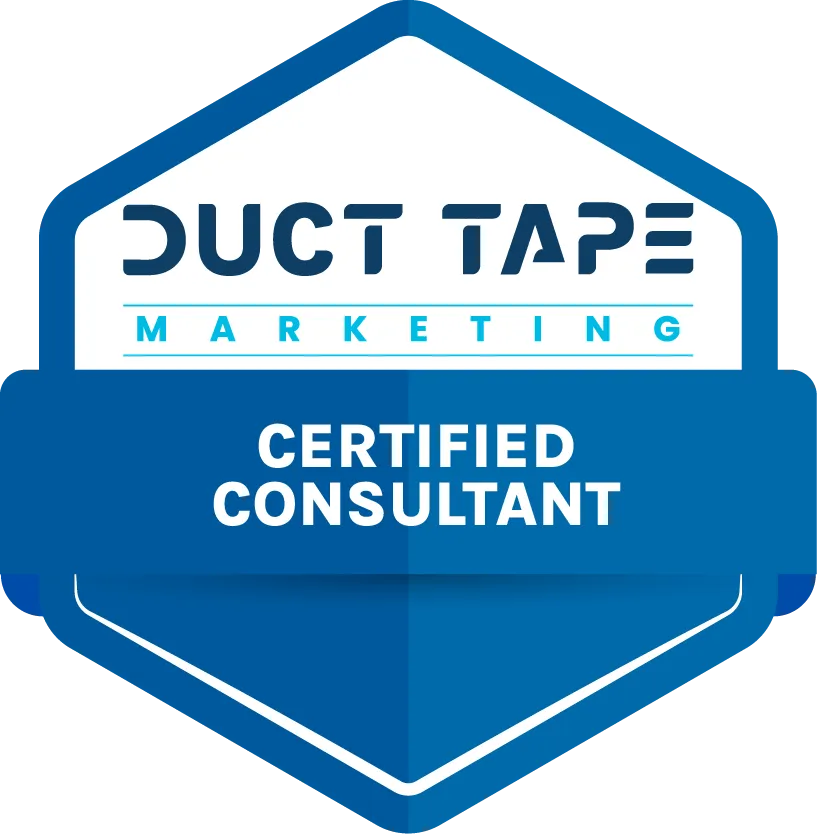STORY, MEET STRATEGY
Let’s make marketing feel less robotic and more real.
Find resources that bring your message—and your business—to life.

Content Marketing Boosts Revenue More Than Ads
By Vicky Sidler | Published 16 November 2025 at 12:00 GMT+2
If your content strategy hasn’t changed since 2020, you’re not just behind. You’re probably bleeding money.
While you're funnelling cash into ads that disappear the moment your card declines, your competitors are stacking revenue with blog posts, email newsletters, and guides that continue working long after they're published.
And it’s not just a theory. The numbers are in, and they’re hard to ignore.
TL;DR:
Content marketing delivers 3:1 ROI on average
Generates 3x more leads than traditional ads at 62% less cost
SEO content brings higher-quality traffic and conversions
Reduces CAC while increasing retention and customer lifetime value
Builds momentum over time. Ads don’t
👉 Need help getting your message right? Download the 5-Minute Marketing Fix
Table of Contents:
Content Marketing Boosts Revenue More Than Ads
Why Content Is an Investment, Not an Expense:
Trust Builds Revenue. Content Builds Trust.
SEO Content Does the Heavy Lifting:
What a Practical Content Plan Looks Like:
1. Content Marketing Strategy Framework Every Small Biz Needs
2. The Complete Guide to Strategic Marketing
3. Unleash Your Brand: Harness the Power of StoryBrand
4. How to Find Your Unique Selling Proposition Fast
Frequently Asked Questions About Content Marketing ROI
1. How does content marketing actually make money?
2. Is content really cheaper than ads in the long run?
3. How long does it take to see results from content marketing?
4. What types of content bring in the most leads?
5. Do I need to write all the content myself?
6. How do I measure content marketing ROI?
7. What tools help with content tracking and attribution?
8. Is content marketing worth it for small businesses with tight budgets?
Why Content Is an Investment, Not an Expense:
It’s easy to think of content as something nice to have. A bonus. A time-filler.
But done right, content becomes your most reliable source of leads, conversions, and long-term revenue.
B2B content marketing averages a 3:1 return. That’s a 67% better performance than paid ads, and unlike ads, content doesn’t stop working when the budget runs out. One article can bring in traffic for months—even years—if it's well-written and well-optimised.
For small business owners trying to compete with deep-pocketed rivals, this kind of efficiency is gold.
Trust Builds Revenue. Content Builds Trust.
People don’t buy just because you’re available. They buy when they feel confident you’ll solve their problem.
That confidence doesn’t come from cold calls or slick banners. It comes from useful content that actually helps.
When you regularly publish helpful blog posts, guides, or FAQs, you become the trusted source. You’re not chasing customers. You’re showing up when they need you—and that’s when sales happen.
SEO Content Does the Heavy Lifting:
Content works best when it’s discoverable. This is where SEO steps in.
Optimised content helps your business show up when someone searches for the exact problem you solve. And this kind of inbound traffic? It’s not just warmer. It’s already halfway sold.
Blog content, in particular, dominates Google search results. Businesses with blogs earn nearly double the backlinks and drive more qualified traffic than those without.
That means more people land on your site, and more of the right ones stick around.
Nurture Without Nagging:
Content doesn’t just attract. It guides.
Your prospects aren’t all ready to buy. Some are just browsing. Others are comparing. A few are on the verge.
When you offer the right content at the right time—whether it's a beginner guide, a product comparison, or a testimonial—you’re gently nudging them forward. No pressure. No hard sell. Just value at every step.
By the time they reach out, they’re informed, interested, and ready to talk.
Why CPA Drops and LTV Rises:
Here’s the math. Paid ads might cost you $200 per customer. But with content, that cost can drop to $75.
And once someone buys, content keeps working. A helpful onboarding email, a video tutorial, or a community forum can turn a one-time buyer into a long-term client.
The more value your customers get after the sale, the more likely they are to stay—and spend.
Content isn't just attracting leads. It's increasing what each lead is worth over time.
How to Know If It’s Working:
You can’t manage what you don’t measure.
Track what matters:
Traffic and time on site
Downloads, signups, and conversion rates
Cost per lead
Revenue tied to content
Tools like GA4 show which content leads to action. You’ll see where your money’s going—and where it’s coming back.
What a Practical Content Plan Looks Like:
You don’t need to post daily. You just need to start with purpose.
Weeks 1–2: Set your current benchmarks
Month 1: Map content to the buyer journey
Months 2–3: Publish weekly and promote it
Months 4–6: Double down on what works
Quarter 2 and beyond: Scale, systematise, and keep measuring
No fluff. Just results that grow over time.
What to Do Next:
Smart businesses don’t just post content for visibility. They use it to drive measurable results.
That starts with knowing exactly what your message is.
If you’re still struggling to explain what you do in one clear sentence, download my 5-Minute Marketing Fix. It’s a free tool that helps you write the first line of content that actually converts.
Related Articles:
1. Content Marketing Strategy Framework Every Small Biz Needs
If this article made you say, “Okay, I’m in—but now what?”, this one answers that. It gives you a practical structure to build your content plan step by step.
2. The Complete Guide to Strategic Marketing
Content performs best when your message is clear and your audience is specific. This guide helps you build the foundation that makes content work harder for your business.
3. Unleash Your Brand: Harness the Power of StoryBrand
Trust-building content doesn’t happen by accident. Learn how the StoryBrand Framework makes your content feel personal, relevant, and easy to act on.
4. How to Find Your Unique Selling Proposition Fast
Not sure what makes your business different? This article helps you find your edge, so your content doesn’t sound like everyone else’s.
Frequently Asked Questions About Content Marketing ROI
1. How does content marketing actually make money?
Content builds trust, attracts qualified leads, and nurtures buyers through their decision process. Over time, this leads to more conversions with lower costs than traditional ads.
2. Is content really cheaper than ads in the long run?
Yes. Content marketing costs 62% less than traditional marketing and generates 3 times more leads per dollar. Plus, it keeps working after you stop paying for it.
3. How long does it take to see results from content marketing?
Most businesses start seeing traction within 3 to 6 months. But the biggest gains show up after 12 to 24 months, when your content library starts compounding.
4. What types of content bring in the most leads?
Educational blog posts, how-to guides, comparison pages, and lead magnets like ebooks or checklists are some of the best performers—especially when optimised for search.
5. Do I need to write all the content myself?
No. You can outsource writing, hire a content team, or work with a strategist to plan it all. The key is consistency and quality, not doing it all solo.
6. How do I measure content marketing ROI?
Use the formula:
(Revenue from content - Cost of content) / Cost of content × 100
Track metrics like traffic, leads, conversion rates, CAC, and customer lifetime value.
7. What tools help with content tracking and attribution?
Google Analytics 4 is a great start. You can also use tools like HubSpot, SEMrush, or StoryChief to track performance and connect content to revenue.
8. Is content marketing worth it for small businesses with tight budgets?
Absolutely. Because content works over time and doesn’t need ongoing ad spend, it’s one of the most cost-effective ways for small businesses to grow sustainably.
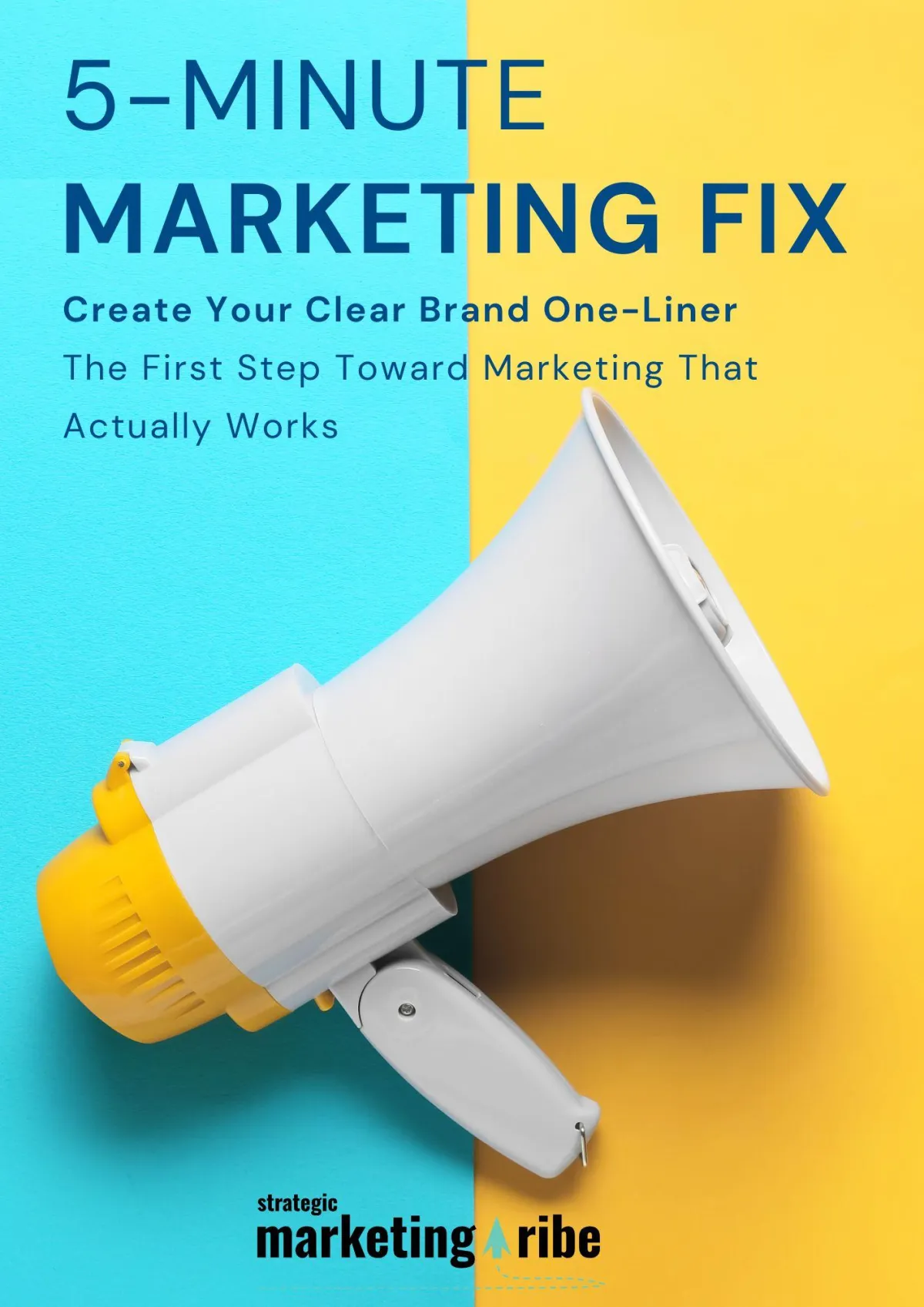
Created with clarity (and coffee)

